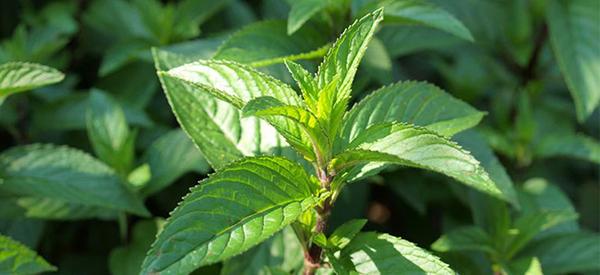
Peppermint
Peppermint (Mentha x piperita or Mentha balsmea Wild) is a member of the large Mint family. However, this popular and well-known plant is in fact a hybrid, not a species.
Peppermint was cultivated in 1750 as an experimental hybrid. It was first described by the Swedish botanist Carl Linnaeus in 1753 who thought it was a new species of mint. It is now classed as a hybrid. What this plant was used for at the time in Europe is a little unclear, but it is likely that the culinary and health uses were like those now.
In 1812 the English settlers brought Peppermint with them to Massachusetts and this aromatic plant was grown from the 19th century. It continues to be a significant commercial crop in several US states, particularly those in the Pacific Northwest where climatic conditions are ideal.
Where This Plant is Found
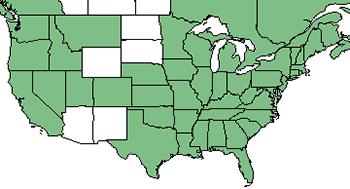 Although this type of mint was created in England in the UK, it has become a naturally occurring hybrid that grows wild and in gardens and pots throughout Europe, in parts of the Middle East, regions of North America, New Zealand, and Australia.
Although this type of mint was created in England in the UK, it has become a naturally occurring hybrid that grows wild and in gardens and pots throughout Europe, in parts of the Middle East, regions of North America, New Zealand, and Australia.
In fact, it has been so successful that, as with some true mint species, Peppermint is considered an invasive plant in some areas because it spreads so rapidly.
How to Identify Peppermint
These perennial plants, when grown in optimal conditions, can reach a height of 36 inches or 91 centimeters and a width of 24 inches or 61 centimeters. Once they are established and sprouting, these plants spread very quickly indeed.
There are several features that may help you to differentiate common Peppermint from other mints or Peppermint varieties.
 Stem: Unlike with many varieties and species of mint, the stems are smooth, usually red, and are square if you look at a cross section
Stem: Unlike with many varieties and species of mint, the stems are smooth, usually red, and are square if you look at a cross section- Leaf: The dark green leaves are oval and taper to a sharp point. They have toothed edges but, unlike many species and varieties of mint, are smooth and not hairy. The veins are reddish.
 Flower: This plant blooms from mid to late summer.
Flower: This plant blooms from mid to late summer.
The flowers are pink or pale purple and are formed in whorls around the stem.
These clusters form thick spikes.
 Root: This plant has fleshy rhizomes and fibrous roots that spread fast in any soil that is soft enough.
Root: This plant has fleshy rhizomes and fibrous roots that spread fast in any soil that is soft enough.
New plants shoot from these runners.
- Seeds: Because Peppermint is a hybrid it is sterile and does not produce seeds.
It’s the stem color and shape and flowers that are perhaps the most helpful characteristics when differentiating Peppermint from other plants in the mint group.
How to Grow Peppermint
Growing peppermint is not difficult. It is a low maintenance plant that doesn’t need fertilizer and is frost tolerant. If it has organically rich, pH neutral, constantly moist but well-drained soil, and semi-shade or sun it will take over your garden if you let it!
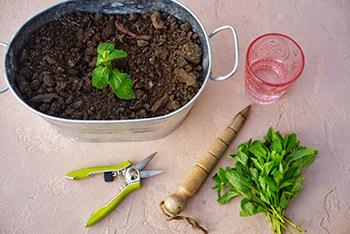
For this reason, many growers prefer to place mint plants in containers so that this rapid spread can be controlled. When you see shoots and runners appearing, and you don’t want your plant to spread, pull out the suckers (new plant shoots) and trim the roots. While it is happy without direct sun, you may find that the oils in the plant are more potent if it gets some sun.
The quality and health of plants are also enhanced if you move them to a new location every few years; they can become spindly and less robust if they stay in the same place for too long. The less sun the plant has, the less flavor it will have although the leaves may burn if you live in a hot climate.
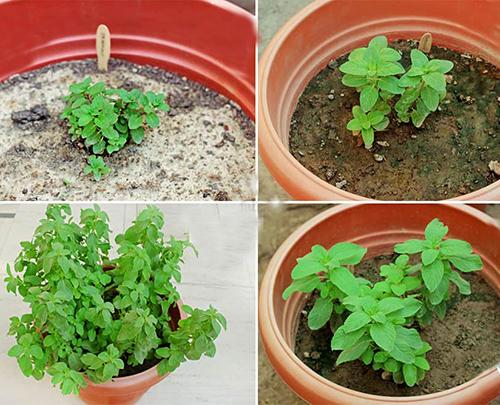
Water is essential for all the members of the mint family, especially plants in pots as the soil will dry out rapidly. When you water mint do so around the roots as the leaves may develop fungal or mildew problems if they frequently become wet.
Cut back the stems now and then as this encourages the plant to the bush and grow vigorously. At the end of the season cut the entire plant back to about 1 inch or 2 ½ centimeters above the soil. It will shott again come spring.
If you want to propagate this plant, you can do so by:
- Replanting runners with suckers growing from them
- Taking cuttings from stems
- Dividing existing plants.
You can’t harvest or buy Peppermint seeds for the reason stated in the previous section.
Related: 10 Plants That Should Never be Planted Together (Video)
How to Harvest This Plant
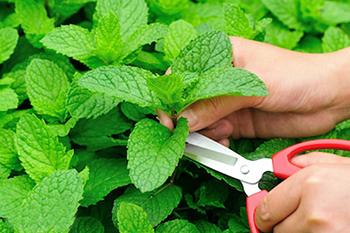 It’s time to harvest from Peppermint plants when they begin to flower in summer. The reason is that this is the time that both flavor and oil concentrations are at their highest. Remove plant material in the morning after any dew has evaporated but before the plant gets too warm from the sun.
It’s time to harvest from Peppermint plants when they begin to flower in summer. The reason is that this is the time that both flavor and oil concentrations are at their highest. Remove plant material in the morning after any dew has evaporated but before the plant gets too warm from the sun.
You can remove only leaves, the growing tip of a stem, or an entire stem depending on what you want to use it for. Leaves can be pinched off with your fingernails. Use sharp garden scissors or secateurs to cut off stems.
What Peppermint is Good For And The Natural Remedies Made From it
Peppermint contains a wealth of active ingredients prized for both flavors- and health-giving properties. Chief amongst these are menthone, menthol, menthyl acetate, and several terpenoids including limonene.
While clinical supporting evidence may still be thin or lacking, Peppermint oil has been used since the 1800s for a range of ailments and symptoms:
- Gastric upsets such as indigestion, bloating, spasms, and irritable bowel syndrome
- Nausea and vomiting associated with pregnancy and chemotherapy
- Headaches (by relaxing muscles and relieving pain)
- Halitosis (if caused by bacteria in the mouth)
- Sinus congestion (thanks to anti-inflammatory and antibacterial properties)
- Low energy and fatigue
- Menstrual cramps
- Certain foodborne bacterial infections
- Hay fever and allergic reactions
- Insomnia
- Poor concentration.
This plant is available in dried form, as a tea, an essential oil, and capsules
What Parts of The Plant are Used in Remedies?
The leaves and flowering tops are used to produce oil and other products. Essential oil is produced through steam distillation using the whole plant.
A DIY Peppermint Recipe
While making essential oil is a complicated process, we can all make infused oil in our kitchens at home. It’s easy and doesn’t require special or expensive ingredients or equipment.
Ingredients and Equipment
- Fresh Peppermint (leaves and young stems)
- Carrier oil such as olive, vegetable, or grapeseed oil
- Cooking muslin or cheesecloth
- A glass jar with a lid that fits well / is airtight.
How much Peppermint you use in proportion to the amount of oil you use depends on your taste and how strongly minty you want the oil to be. A common ratio, though, is 1:1.
Avoid using coconut oil unless you melt it down first. Flaxseed and other strong-tasting oils should not be used as they will interfere with the taste of the Peppermint.
Method
- Wash the Peppermint and dry it

- Crush the Peppermint with the back of a spoon or using a pestle and mortar

- Place the crushed Peppermint into a jar

- Pour the oil over the mint

- Put the lid on the jar

- Leave the oil to steep or infuse for 3 days in a cool, dark place
- Taste the oil and decide if you want to add more oil or more Peppermint (or neither)
- Leave the mixture to infuse for up 6 weeks, depending on how strongly flavored you want the oil to be
- Shake the jar gently every few days
- Strain the oil to remove the plant matter

- Place the Peppermint-infused oil in a suitable, labelled container.
This type of infused oil can be kept for up to 6 months if stored correctly. However, if you notice the color, smell, or taste change you should perhaps discard it and make a fresh batch.
Using the Infused Oil
- Place a few drops into a diffuser to enjoy the aroma, have your spirits lifted, and deter insects like mosquitos

- Rub some oil onto your chest and throat if you have a cold, ‘flu, or congested sinuses or a tight chest
- Massage a little oil into each temple to ease headache
- Pour some oil into your bath to soothe sunburnt skin.
This oil can’t replace other treatments such as antibiotics for infections or inhalers for conditions such as asthma.
Dosage
With any natural remedy or product, there is no set or standard dose because of how much you ingest or apply it determined by:
- The person’s age and
- The individual’s state of health
- Medication or drugs the person is currently taking
- The symptom or condition it is being used for
- The form or preparation of Peppermint that will be utilized.
The only preparation that there is a significant concern in relation to overdoses is Peppermint Essential Oil.
With regards to all Peppermint remedies, be guided by your healthcare practitioner and/or pay extremely close attention to the directions and dosage instructions on the packaging of products that you purchase.
How to Preserve This Plant
There are many ways that you can extend the life of harvested Peppermint depending on how soon you want to use it and what it will be used for.
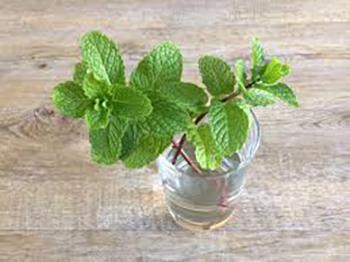
Retain freshness:
- Leaves can be placed in a damp paper towel in a plastic bag
- Place the whole cut stems into a jug or other container of water and place it in a cool area or even the refrigerator.
Dry the leaves:
- Remove the leaves from the stems and lay them out on a cloth or drying rack in a warm, well-ventilated area for a few weeks
- Hang up the stems, with the leaves attached, in small bunches in a warm, well-ventilated area for several weeks
- Alternatively, lay the clean leaves out on a cookie tray or sheet and bake them at the lowest setting your oven has. Check them often and remove them as soon as they are crisp.

Freeze leaves:
- You can freeze the leaves separately by laying them on plastic or cookie sheets in your freezer and then bagging them when they are frozen
- Put a leaf into each cube in an ice cube tray, top up with water, and freeze the cubes as usual.
Fresh, refrigerated leaves will keep for up to 6 or 7 days. Frozen leaves can be used for up to 6 months. If they have been thoroughly dried and correctly stored, dry leaves will last for 6 to 9 months. However, keep in mind that dried leaves lose some flavor, aroma, and potency.
Related: How To Properly Dry Plants for Medicine
What Plants Resemble Peppermint?
The first challenge is to differentiate Peppermint from other types of mint, but that’s an article on its own! There are, though, two plants that can cause some confusion. Not surprisingly, they are also part of the large, mint family.
We hope the table below clarifies matters a little:
| Feature | Peppermint | Lemon balm | Catnip |
|---|---|---|---|
| Size | Up to 36 inches | Up to 26 inches | Up to 48 inches |
| Leaves | Dark green, oval, pointed, toothed, smooth, reddish veins | Oval to heart-shaped, irregular edges, dark green, prominent veins | Light green, heart-shaped, lobed, rounded teeth, downy |
| Stems | Smooth, red, square in cross-section | Square in cross-section, green | Erect, square, green |
| Flowers | Pink / pale purple spiky whorls | Whorls of small, white flowers | Creamy/pale purple flowers on spikes |
| Scent | Pungent and minty | Lemon-scented with a hint of mint | Mellow, very slightly minty |
| Taste | Peppery bite with a cool aftertaste | ‘Woody’, slight minty aftertaste | ‘Woody’, grassy with a slightly minty aftertaste |
One further feature is that, unlike Peppermint, Lemon Balm and Catnip do not spread through runners and they do seed. Below are images, left to right, of these three plants:

Warning and Cautions
Peppermint is a widely available remedy backed by over a century of anecdotal evidence of its effectiveness. Keep the following in mind, though, before you use this plant:
- Essential oils should not be taken internally
- The essential oil should be diluted with a carrier oil before it is applied to the skin
- It may interact with other plant-based remedies, supplements, or other drugs such as gastric antacids, immunosuppressants, and medicines for high blood pressure or diabetes
- Some individuals are allergic to plants in the mint family
- It can cause heartburn and cause gallstones to worsen
If you are unsure, consult a healthcare practitioner before you use Peppermint!
How To Do A Natural Gallbladder Flush
The Superfood That Feeds Your Gut (Video)

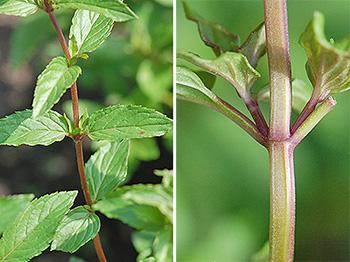 Stem: Unlike with many varieties and species of mint, the stems are smooth, usually red, and are square if you look at a cross section
Stem: Unlike with many varieties and species of mint, the stems are smooth, usually red, and are square if you look at a cross section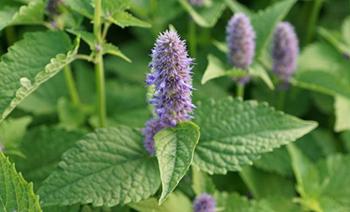 Flower: This plant blooms from mid to late summer.
Flower: This plant blooms from mid to late summer.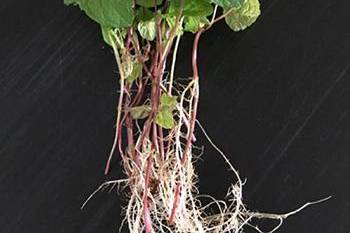 Root: This plant has fleshy rhizomes and fibrous roots that spread fast in any soil that is soft enough.
Root: This plant has fleshy rhizomes and fibrous roots that spread fast in any soil that is soft enough.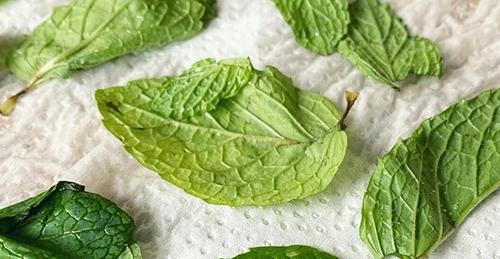

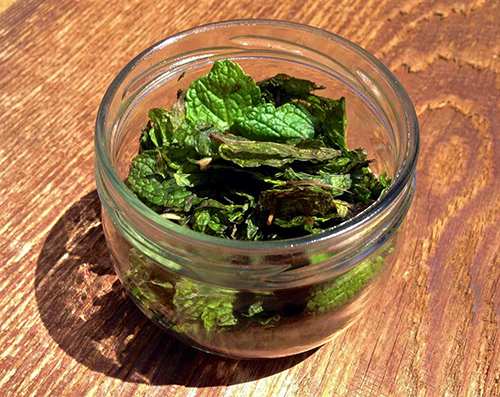
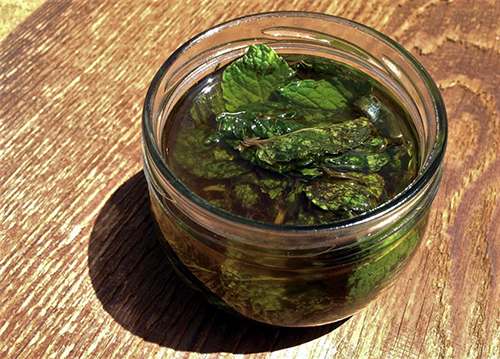
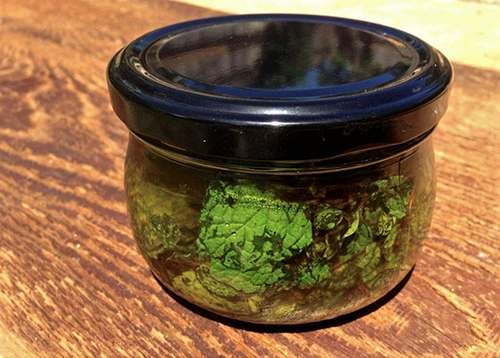
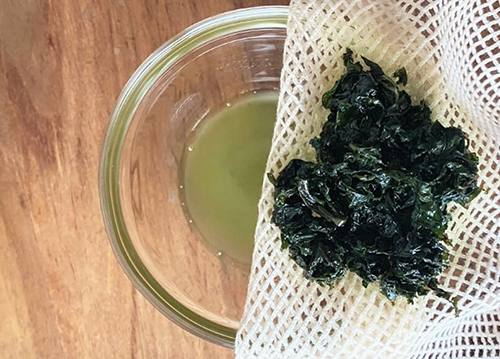
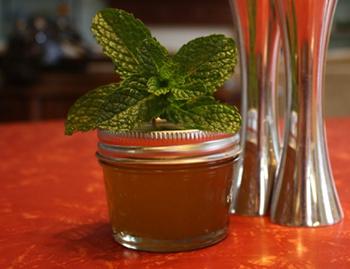
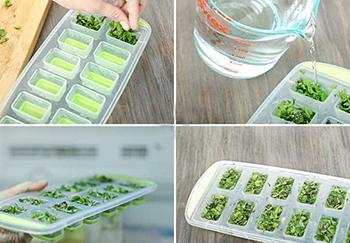
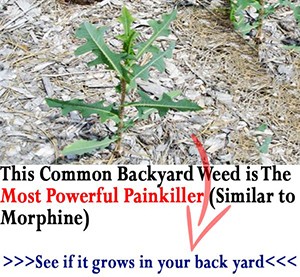
I love peppermint tea! It’s the best one. I did not know it has so many medicinal properties.
How does it help nausea in pregnant women if pregnant women should avoid it?
Hi Lorelei,
It’s usually OK to drink herbal tea while you’re pregnant or breastfeeding, as long as you limit it to 1 or 2 cups a day.
God bless!
http://easycellar.bookofren.hop.clickbank.net/?tid=CorinaPeppermintMK
You write that there are no peppermint seeds.
Then there is a link for seeds
Very, very, interesting information. I have questions still? Like:
Is there any benefit to using and eating the leaves directly? Say like mixing a few fresh leaves in a salad?
Besides the oils that they tell us how to create. Is there any other beneficial ways of making and using peppermint in another product?
Is there anyway to make something like a Tincture that will have a much longer shelf life. Like maybe adding a little high proof alcohol?
Please forgive my ignorance about these matters. I am a 64 yr old man who is high functioning Autistic. I tend to need many things explained in more detail as others would need. I am also on a few medications that messes with my memory and how I am able to think.
(That is the main reason for looking for help replacing at least some if not most. Of these chemicals medication. They are slowly putting me into my grave I think. YHWH willing I can live to a rope old age. But not with these chemicals I need to take twice, up to 6 times a day.